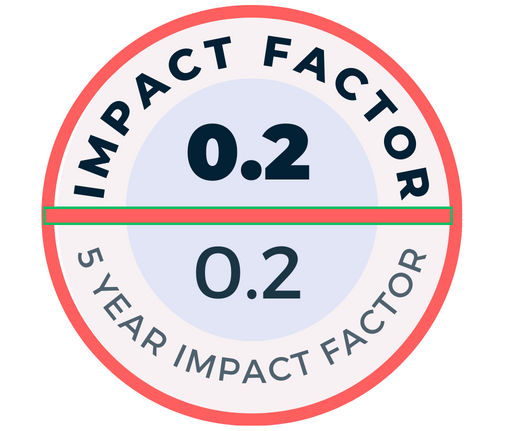It has been described that the colonized microorganisms which have been growing and spreading through the urinary tract is an important factor for causing the urinary tract infection at the etiology of perineum colonization. As, it has been, frequently, mentioned here that the word of "hygiene" means cleaning of genital organs after urination or defecation. This study includes analyzing the understanding of "hygiene" by the girls in respect to various socioeconomic structures in our society. The study also includes the research programs of different applications of hygiene methods in respect to socioeconomic structure (different income levels of the families) and their effects on the urinary tract infection. Five hundred eight (508) girls at the elementary school level were included in our research program and the inquiry forms had been filled out. Later, the urine was analyzed as per cases. The socioeconomic levels of the schools zones were classified in accordance with the cities' zoning documents. Although 94.3% of the girls are having the genital hygiene at home, only 57.3% of them are also having the genital hygiene in school. This ratio is increasing in respect to socioeconomic level (p>0.05). The most frequent hygiene method application is the cleaning process from the front toward back (In the school 25.6%, in the home 48.8%). The last amount of hygiene method application is the one using only the toilet paper (In the school 7.5%, in the home 9.4%). It is the fact that the process of using the toilet paper increases in parallel with higher socioeconomic level (p<0.001). It has been found that the ratio of the pyuria and bacteriuria among the girls were 37.4% and 14% in respectively. The ratio of the combination of pyuria and bacteriuria being together is 11.6%. These ratios did not differ in between those who are having the genital hygiene and those who do not have genital hygiene (p>0.05). In conclusion, it has been demonstrated that there is not a relation between the ratio of pyuria and bacteriuria seperately and being together, and the ratio of application of hygiene and its method.

.png)




.png)